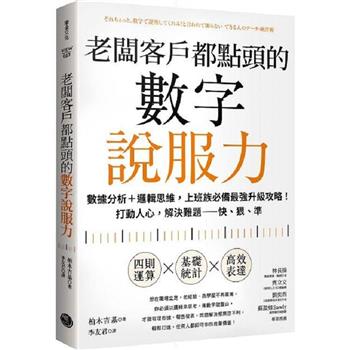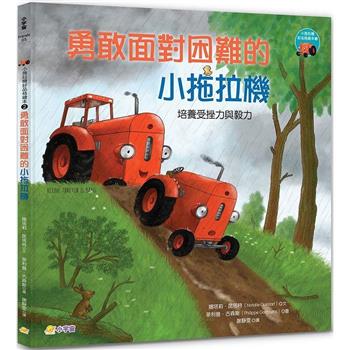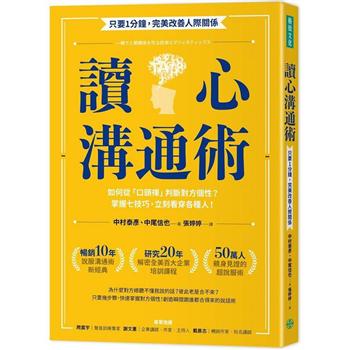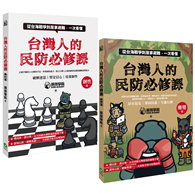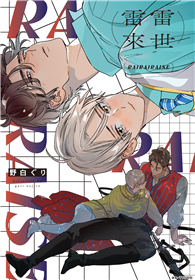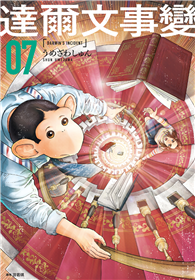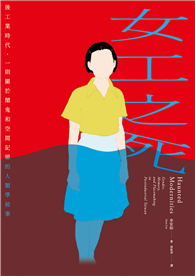This book explores museum crises. Through an investigation into the experience of the Imperial War Museum during the Second World War era, 1933-1950, it considers how crises disrupt museums and the contrasting defensive and revolutionary strategies which museums must adopt when mitigating crises. It is situated in a small but emergent literature concerning museums and crisis. Existing works mainly comprise contemporary studies on difficult museum experiences, predominantly financial difficulty, wherein the term crisis has been applied to describe an institution’s general state of malaise. This book, by contrast, presents an innovative and groundbreaking historical case study on a single museum facing wholesale physical and ideological collapse, deploying original crisis concepts to analyse different critical situations and the pathology underlying them.
| FindBook |
有 1 項符合
Crisis, Reinvention and Resilience in Museums: Defence and Revolution at the Imperial War Museum, 1933-1950的圖書 |
 |
Crisis, Reinvention and Resilience in Museums: Defence and Revolution at the Imperial War Museum, 1933-1950 作者:Deans 出版社:Palgrave MacMillan 出版日期:2024-10-09 語言:英文 規格:精裝 / 267頁 / 普通級/ 初版 |
| 圖書館借閱 |
| 國家圖書館 | 全國圖書書目資訊網 | 國立公共資訊圖書館 | 電子書服務平台 | MetaCat 跨館整合查詢 |
| 臺北市立圖書館 | 新北市立圖書館 | 基隆市公共圖書館 | 桃園市立圖書館 | 新竹縣公共圖書館 |
| 苗栗縣立圖書館 | 臺中市立圖書館 | 彰化縣公共圖書館 | 南投縣文化局 | 雲林縣公共圖書館 |
| 嘉義縣圖書館 | 臺南市立圖書館 | 高雄市立圖書館 | 屏東縣公共圖書館 | 宜蘭縣公共圖書館 |
| 花蓮縣文化局 | 臺東縣文化處 |
|
|
圖書介紹 - 資料來源:博客來 評分:
圖書名稱:Crisis, Reinvention and Resilience in Museums: Defence and Revolution at the Imperial War Museum, 1933-1950
|
